You are hereBlogs / WcP.Watchful.Eye's blog / Peru, one of poorest countries with 30% population living <$2, 10% <$1 a day, to plant 40 million trees by Feb '20
Peru, one of poorest countries with 30% population living <$2, 10% <$1 a day, to plant 40 million trees by Feb '20

To mitigate climate change, Peru, one of the poorest countries with 30% population living under $2, 10% under $1 a day, is planting 512,820 trees daily to capture more than 570,000 metric tons of carbon dioxide annually. Who’s next?
Astounding poverty
Peru is one of the poorest countries in the world with 30.6% of its population living under 2 dollars a day, 10.5% under $1 dollar a day;
Astounding goal
Peru has launched a nationwide tree-planting project to plant 40 million trees by Feb. 2020 to capture more than 570,000 metric tons of carbon dioxide annually.

(quote)
In an attempt to mitigate climate change, the Ministry of Agriculture of Peru has launched a nationwide tree-planting project with the astounding goal to plant 40 million trees by Feb. 20 to capture more than 570,000 metric tons of carbon dioxide annually, El Comercio reported Friday.

“This project was programmed many months ago,” said architect Rodolfo Beltran, Executive Director of the Ministry of Agriculture’s Agrurural program. “It hasn’t been easy to obtain 40 million trees, then carefully select the areas where they are to be planted, and finally, determine how they will be maintained.”
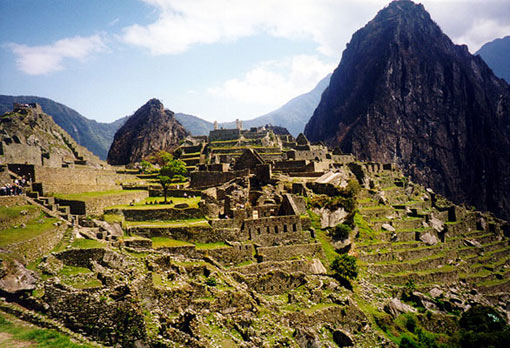
The massive planting campaign began Dec. 13 and is scheduled to conclude Feb. 20, according to El Comercio. A temporary workforce of nearly 130,000 people will have to plant an average of 4.5 trees each per day during the 69-day project schedule to reach the goal of 40 million trees.
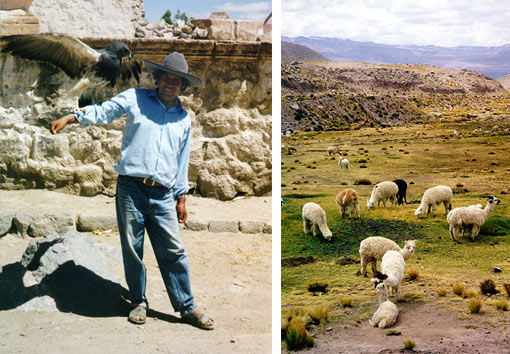
Approximately 40 million eucalyptus, pine, cypress and peppers trees — expected to capture more than 570,000 metric tons of carbon dioxide per year — are to be planted in 18 Peruvian departments, where water and soil conditions have been determined as adequate.
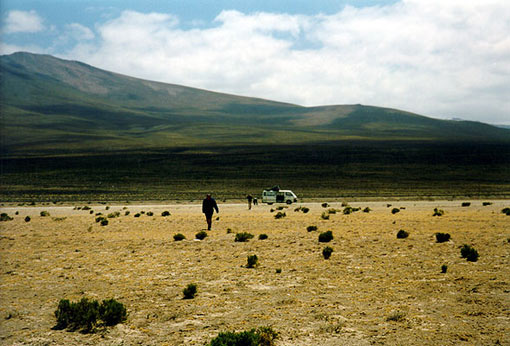
“We are taking advantage of nature’s cycles,” said Beltran. “In the highlands we can count on free water between December and April. We will keep the trees in our greenhouses and in the communities until they grow to 30 centimeters. In December, we will take them out and begin to distribute them for planting. So, the plants will take in the water from the rainy season.”

Forest plantations or so-called carbon sinks have played a critical role in the climate change negotiations and constitute a central element in the scheme to limit atmospheric greenhouse gas concentrations set out by the Kyoto Protocol.
According to Beltran, one hectare where 1,000 trees are planted can capture approximately 25 tons of carbon dioxide per year. “On the world market,” he said, “a ton (of carbon dioxide) sells for 12 euros. There is a possibility of making this a business too.”
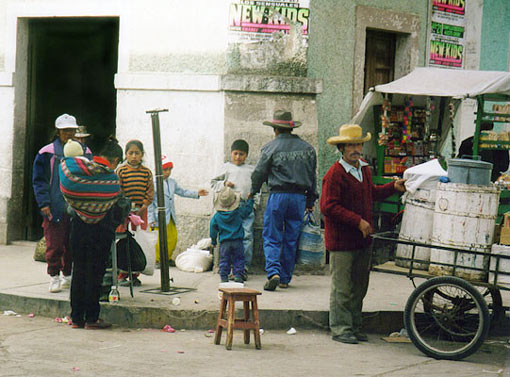
Tree planting is set to increase in developing countries, such as Peru, as carbon trading initiatives such as the Clean Development Mechanism of the Kyoto Protocol gain momentum.
Peru’s tree-planting project, which is primarily environmental, is also expected to generate employment. Local planters are to be paid 150 soles, or about $50, for two-month contracts, said forest engineer Jaime Rosales. “In the first trimester we expect to generate 128,000 temporary jobs,” said Beltran. “It’s a sustainable project because (nature’s) cycles are repetitive.”
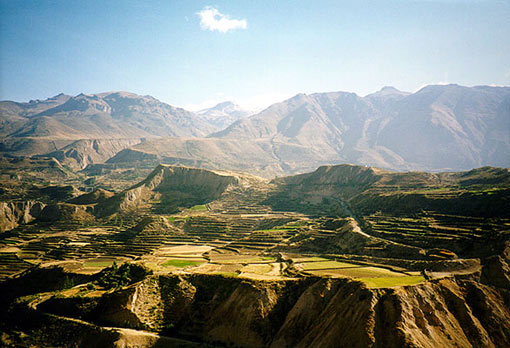
A scientific report prepared by The Andean Community and presented in May to the EU-Latin American Summit offered a devastating analysis of the effects of global climate change on the region in general and Peru’s and Brazil’s Amazon basin in particular.

Fast-melting glaciers threaten to deprive 40 million people of water for human consumption, hydroelectric generation and agriculture by 2020, with the capital cities of Lima, Quito and La Paz among the hardest hit populations. The report predicts that economic losses from extreme weather shifts and disasters, including floods, droughts, freezing downpours of hail and landslides, could reach $30 billion by 2025 — the equivalent of 4.5 percent of Andean Community nations’ GDP — potentially blocking development in Peru, Ecuador, Bolivia and Colombia.

Deforestation and a 30-year temperature rise that is 70 percent higher than the world average along the eastern valleys of the Andes is threatening the ecological collapse and drying out of the Amazon rainforest, the report says.
(unquote)
Photos courtesy of technivore.net and Wikipedia
Original Source: Technivore.net, Wikipedia, Peruvian Times


















